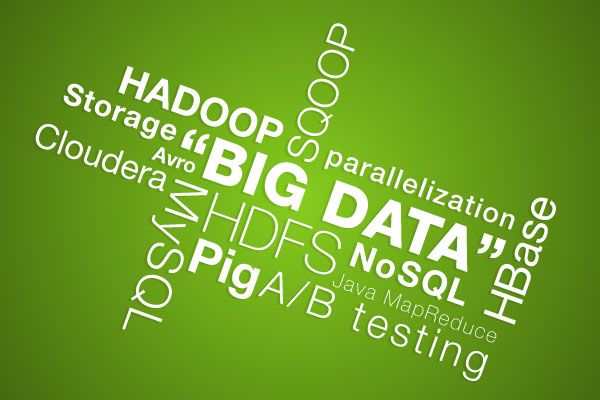Visualization-The Simple Way to Simplify Big Data

But even more, when we visualize the scope and scale of today’s enormous data sets, we pick up things with the naked eye that would otherwise be hidden. We can see data’s previously untold story. We can see where Pennsylvania’s Vote ID Law is disproportionately affecting minorities and students. Visualization of Twitter data can show us a revolution as it unfolds in Cairo. What was being reported in the media as mass crowds forming in Tahrir Square comes to life when the network data becomes visualized as it grows.
Beyond just data about supply chain or production statistics, we’re more often visualizing data that has many dimensions, like location data overlaid with precipitation or air pollution. Adding to the mix, time series visualizations show progression of different dimensions over time, unlocking enormous insights into how things happened, like erosion, flooding or retreating of glacial ice, not just what happened at a moment in time (that’s BI…). It’s Geovisualization and it brings an entirely new perspective to understanding Big Data.
One of our favorites has to be the wind map. This image is the real-time visualization of wind direction and strength across the US as this blog was being written. Click on the map to see for yourself what’s happening now, based on the National Digital Forecast Database.
Visualization Simply Works Because it Works Simply
The power of being able to not just know, but to see data for what it really tells us is the point of visualization. The methods of display can’t be complicated or the point of visualizing data is lost. Visualization serves us because it puts the tools of understanding business directly in the hands of those needing to make decisions. And ultimately, making decisions is what Big Data is all about.
By Chris Taylor Source

























